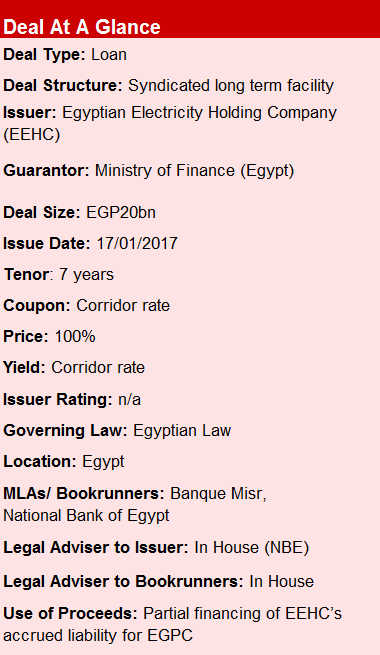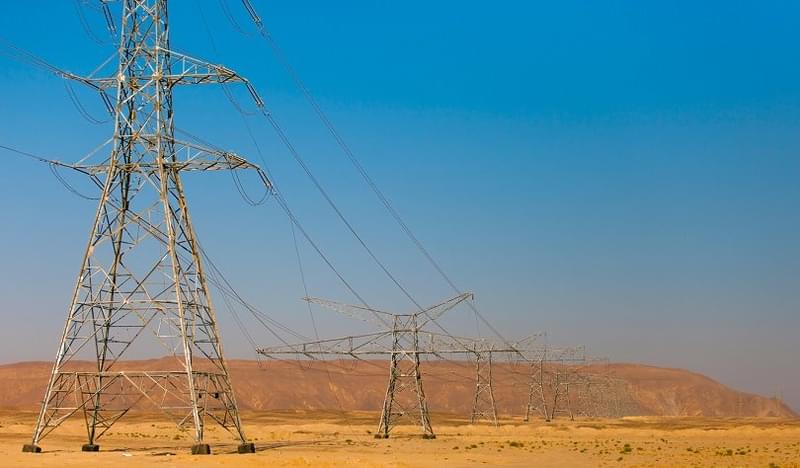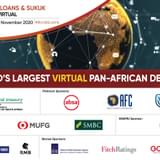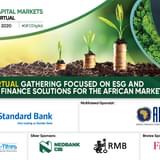 Background
Background
The Egyptian government prioritized solving its energy problems through an emergency plan, which would provide imminent solutions for power cuts, and a strategic long-term plan, which was set to ensure energy sufficiency in the future and diversify Egypt’s energy sector. For its part, the Egyptian Electricity Holding Company (EEHC) has been developing and supporting electricity transmission and distribution networks across the country. In the first quarter of 2017, EEHC was looking for new capital to reduce leverage and finance these new projects and developments.
The company was able to bring in two major banks, National Bank of Egypt (NBE) and Banque Misr (BM), to hastily arrange a EGP20bn (US$1.17bn) syndicated loan that allowed EEHC to pay part of the dues the company owes to the Egyptian General Petroleum Corporation (a cost of fuel consumed by electricity power plants) without supressing its own cash flows in the short-term.
Transaction Breakdown
With power shortages and cuts presenting ongoing challenges to Egypt and its industries, EEHC – which has the exclusive right to produce, transmit and distribute electric power in the country – set out to support the government’s plan of developing and expanding the national electricity network’s capacity.
The key objective of this transaction was to finance EEHC’s liabilities to its suppliers in order to maintain a sufficient cash flow and meet its obligations.
In 17 January 2017, the borrower invited its two main partners, Banque Misr and the National Bank of Egypt, to participate in the EGP20bn loan syndication (EGP10bn in commitments from each bank). Due to the urgency of the need to pay EEHC’s dues, and the very limited time before the closure of the deal, NBE and BM decided to underwrite the full amount with a plan to offload a major portion of their shares to other private, Islamic and foreign banks.
While the facility carried an interest equal to the corridor lending rate set by the Central Bank of Egypt without margin, Banque Misr marketed the loan on secondary markets and sold EGP8bn to nine minor banks at a discount rate (premium fees were to be paid by new lenders to Banque Misr) – a structure that has not been applied before in Egypt’s markets.
Around EGP11bn was sold down within 5 months of launching the transaction, with NBE keeping hold of the largest share in the syndication with EGP7.8bn. The rest of the loan was distributed as follows: Egyptian Gulf Bank EGP - EGP2.5bn, Bank Misr - EGPEGP2bn, Qatar National Bank (QNB) - EGP2bn, Suez Canal Bank (SAIB) - EGP1.45bn, Soeciete Generale - EGP1.2bn, Industrial Development & Workers Bank of Egypt (IDBE) - EGP 1.01bn, Faisal Islamic Bank of Egypt - EGP700mn, Mashreqbank - EGP700mn, Barclays - EGP610mn, Al-Baraka - EGP400mn, Al Ahli Bank of Kuwait - EGP200mn and Union National Bank (UNB) - EGP150mn.
The agreed upon pricing fell within the electricity sector pricing benchmark and within the company’s previous transactions. It was below the level set by other industries’ benchmarks due to huge size of the deal and the guarantees provided by the Ministry of Finance.
EEHC’s strong credit profile in tandem with low risk, taking into account the government guarantees, contributed to strong demand and fast distribution of the loan.









